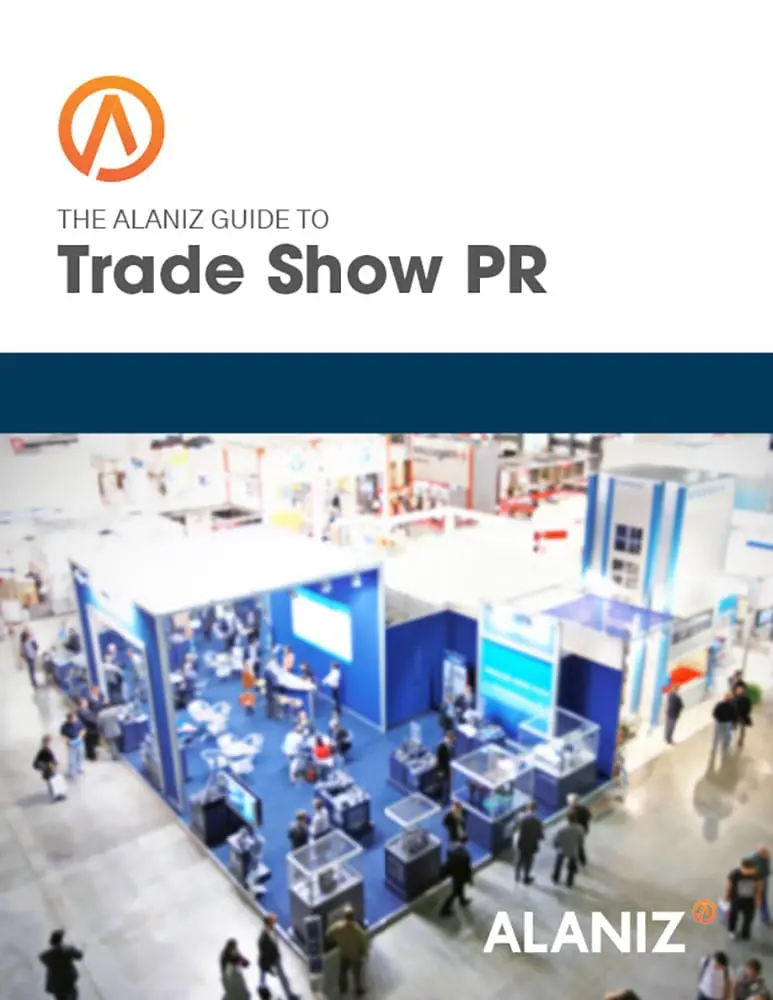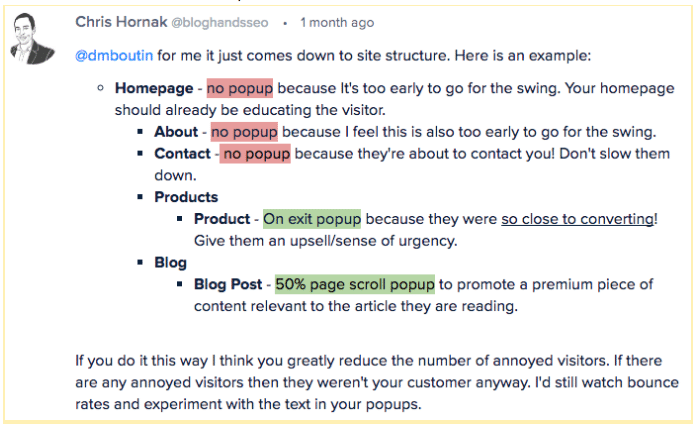You click on a link to some web page or content you want and it magically appears. Just as you are about start reading or clicking, your entire screen is covered by a giant ad.
The popup! Argh!
Is it Possible to Create Popups People Love?
What do you think about popups? I asked this question on Inbound.org, an online community for inbound marketing. I was curious because inbound marketing is based on the premise that buyers don’t want to be interrupted in their work through traditional outbound marketing methods (cold calling, SPAM, etc.). As shoppers search for solutions to their problems online, inbound marketing aims to engage them and help them find the right solution.
Popups are the ultimate interruption, are they not? That’s what I thought, and that’s why I asked the question because I’ve seen more inbound-focused companies agencies using popups that block access to what users appear to be looking for.
What Inbound.org Users Said
The responses I received surprised me. I was expecting a flame throwing contest against popups. Instead, I got a lot of thoughtful and helpful responses. It turns out that you can create popups people love.
First, the Bad News
@VasyKafidoff said what I expected. “Nowadays popups are getting more and more annoying and disturbing. Let’s say you are reading the blog post and some unexpected popup appears, sometimes you need to wait like for 15-20 seconds to close it. I would rather leave the page before I finish reading the article. Sad but it’s true.”
@MCampbellOre was a little more tolerant. “They are super annoying, especially when they pop up as you’re trying to read something. I’m finding I don’t mind the less-invasive popups that are on the side or down in the corner. I’ll actually take a second to look at those. The in-your-face ones — those are gone before I even know what they want.”
Responsible Popups
@benjratner said, “With great popup comes great responsibility. Popup forms have the ability to either enhance or ruin the experience that a user has on your website. As marketers we need to optimize for both lead generation and user experience. A full-screen popup form that has nothing to do with the page’s content and appears immediately? Bad experience, and probably going to have a bad conversion rate.”
@bloghandsseo said, “In my experience, used correctly, popups do convert. I have however had many debates with others in the organization that I’ve worked with who hate popups no matter where they are on the site because it annoys them personally.”
Here’s A Strategy for Popups People Love
A lot of people liked the approach recommended by @dmboutin, which I’m posting below as a screen shot because it’s too complicated to recreate in text.
@meravzaks also took a more nuanced approach. “The answer is: it depends. How extensive is the use of them? How well are they designed? How do they interact with the website design? Do they help the user or interrupt? We help the user find the content he’s looking for, instead of trying to find what you’re looking for at the blog, where it’s buried under piles of content, we serve it to you, even before you knew you were looking for it.”
@DudaiAssaf agreed. “If used smartly, and relevantly, they are awesome. Like most things, if you personalize your usage of popups, they will turn into an effective and beneficial tool, for both sides, the one serving them and the one being served.”
Survey Says: It’s All Inbound
I wouldn’t call it a consensus, but most of the 51 comments I received endorsed using popups like you use all of your inbound marketing tactics–to help customers get the information they are looking for. Creating popups people love is a lot like creating marketing people love, which is what inbound marketing is all about. The same is true for emails, landing pages, ads, and SEO. Self-promotional material will be punished and abandoned, but content and offers to help, not sell, can engage and qualify visitors.
What do you think?





